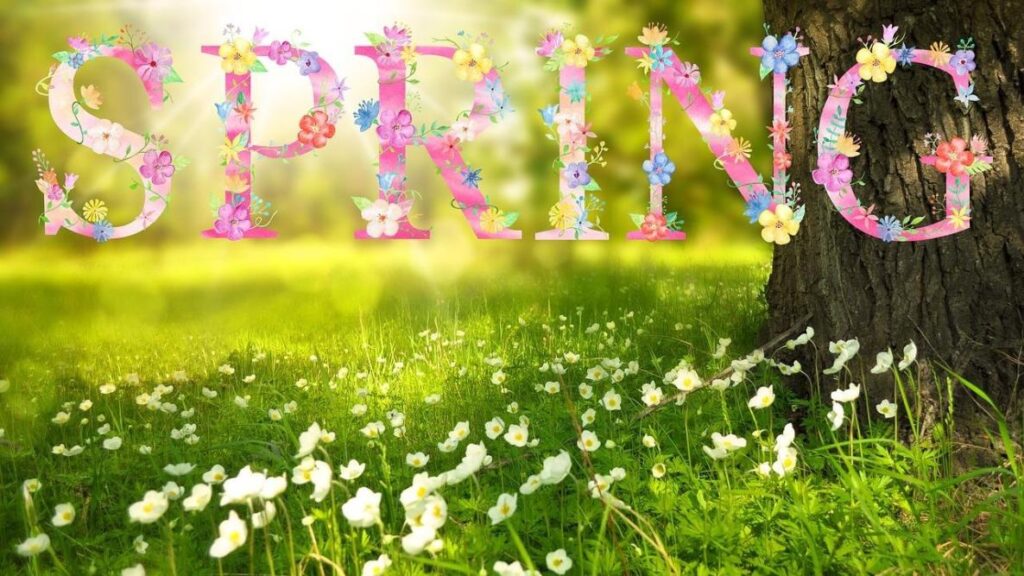Celebrating Spring: A Look at the Origins of New Year's Day
The spring equinox marks the beginning of spring in the Northern Hemisphere and occurs around March 20th each year. It is one of two days in the year when day and night are approximately equal in length, with the other being the fall equinox. In many cultures, the spring equinox was celebrated as a time of renewal and new beginnings, and it was often associated with the start of a new year
The celebration of the new year has varied throughout history and across cultures. In ancient civilizations such as Egypt and Persia, the new year was celebrated on the spring equinox, which falls on March 20 or 21, and marked the first day of spring and the beginning of the planting season. In Japan and China, the new year was also traditionally celebrated in the spring, based on the lunar calendar, although the exact date varied depending on the region and cultural practices.
The old Roman calendar also marked March as the beginning of the year, as it was named after Mars, the Roman god of war and agriculture. March was seen as the beginning of the agricultural season and as such, March 1st was considered the first day of the year. Later on, Julius Caesar introduced the Julian calendar in 45 BCE, which replaced the original Roman calendar and established January 1st as the first day of the year. This change was made for political and social reasons, as it aligned with the start of the consular year and the opening of the Roman Senate. January was also named after Janus, the Roman god of beginnings and transitions, making it a fitting month to mark the start of the year.
Over time, the adoption of the Julian calendar spread throughout Europe and eventually to other parts of the world, replacing the various regional calendars that had been in use. By the 16th century, most of Western Europe had adopted January 1st as the beginning of the year, and it has remained the standard date in use today. Despite these changes, the celebration of the new year remains an important cultural and social event in many parts of the world, and the date and customs associated with it continue to evolve and adapt over time.
Also, you can read (picture credit goes to): https://www.almanac.com/content/first-day-spring-vernal-equinox
Please leave your comments below. You can Schedule a Session. Read Testimonials. Return to Home Page.

